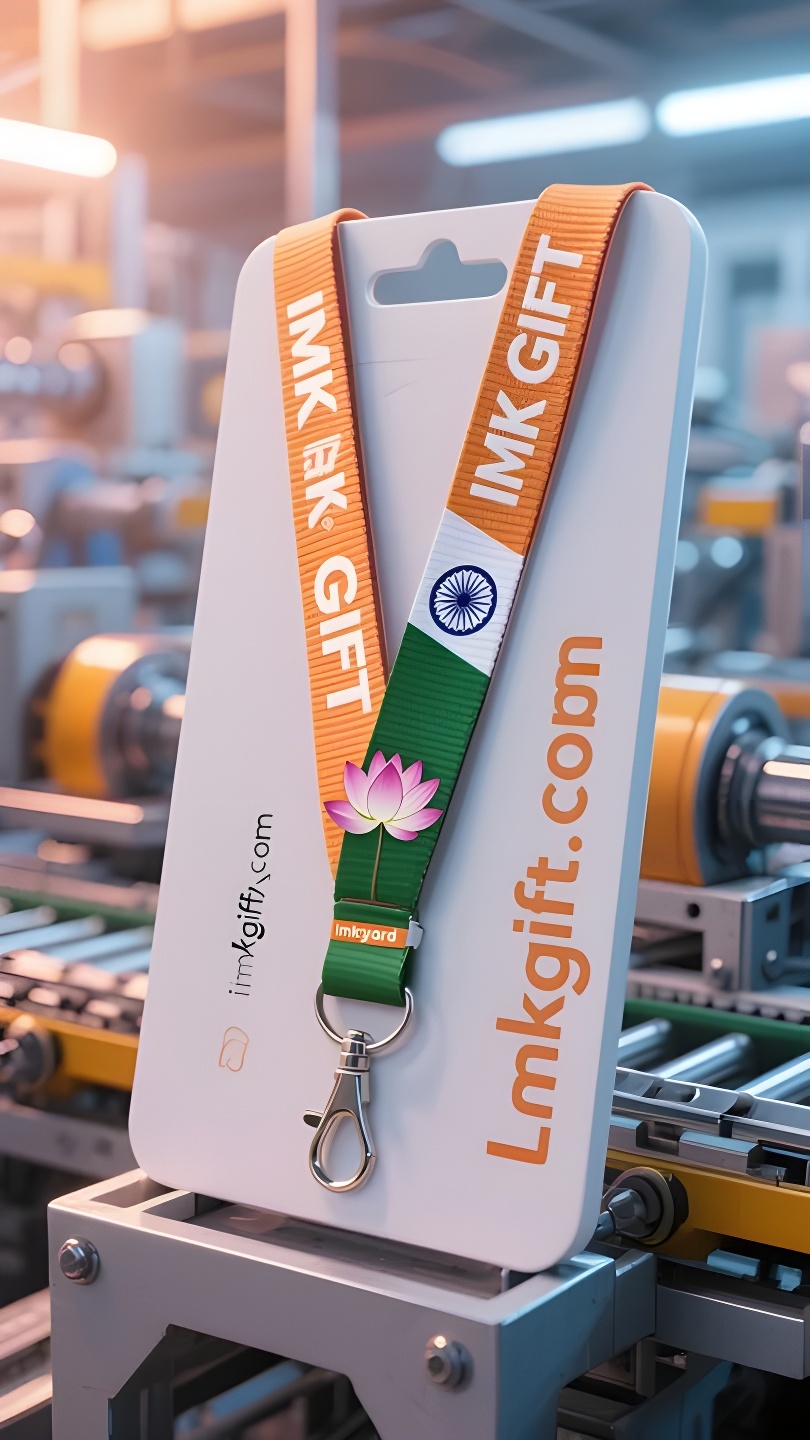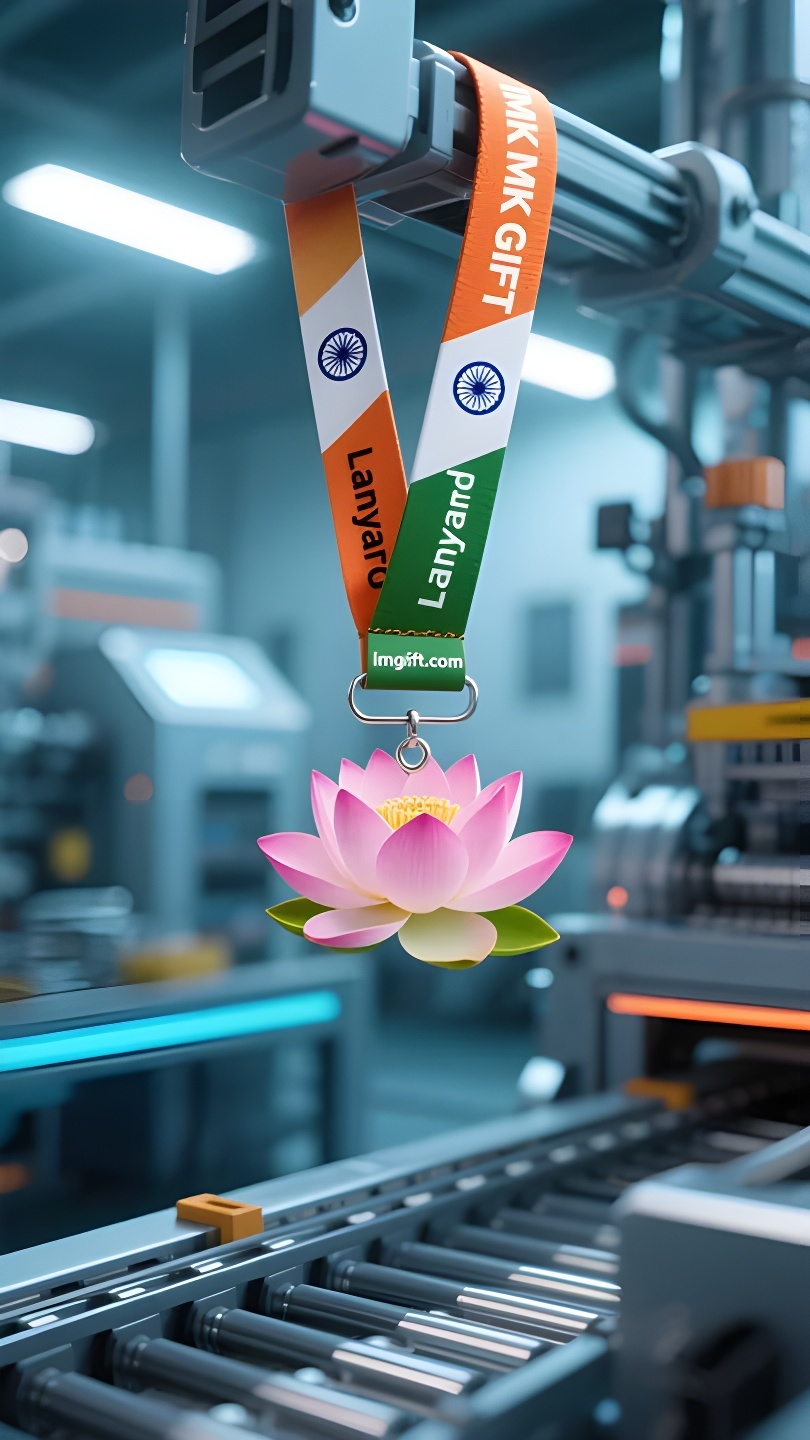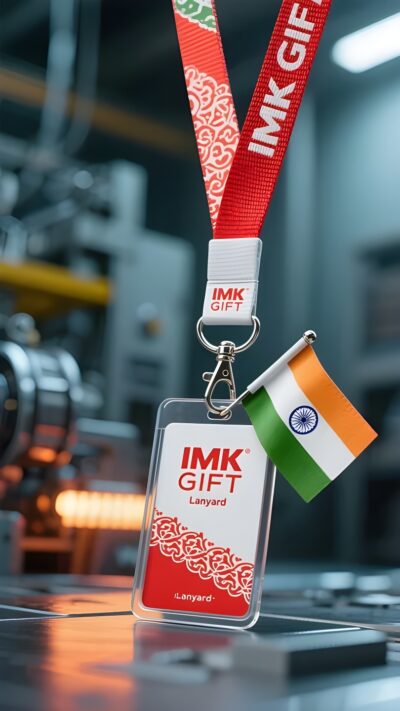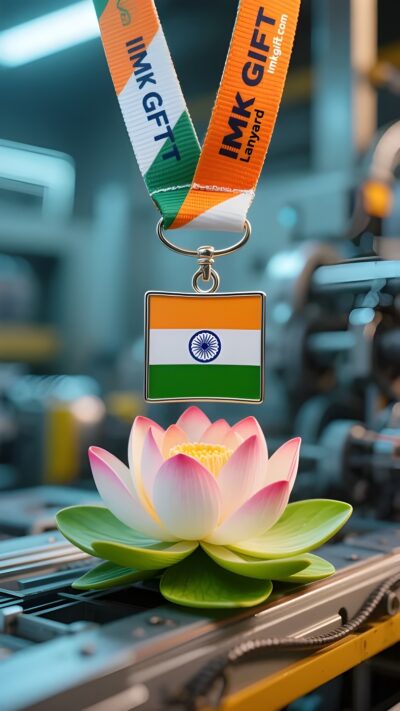in990-कमल-क-रस-स-य-पह-ड-और-नद-य-क-ब-धत-ह-भ-रत-क-आध-य-त-म-क-स-ब-ध-क-ब-नत-ह
▼
जैसे-जैसे भारत का स्वतंत्रता दिवस 15 अगस्त नजदीक आ रहा है, दिल्ली के लाल किले की दीवारों के नीचे असंख्य लोगों द्वारा पहने गए कमल के फूल की डोरियां हवा में लहरा रही हैं। राष्ट्रीय ध्वज के तीन रंगों से बुना गया यह आभूषण न केवल 1947 में औपनिवेशिक बंधनों से मुक्त होने का गौरव समेटे हुए है, बल्कि अपनी अनूठी बुनाई तकनीक के साथ राष्ट्रीय कायाकल्प का कोड भी छिपाए हुए है। कमल के फूल की रस्सी पर लगे सूती धागे के 24 धागे राष्ट्रीय ध्वज के मध्य में स्थित धर्म चक्र की तीलियों की संख्या के अनुरूप हैं। प्रत्येक धागे का आपस में गुंथना विविध सभ्यताओं के सम्मिश्रण का प्रतीक है: नारंगी रंग राख से पुनर्जन्म लेने के साहस का प्रतीक है, सफेद रंग सत्य की शाश्वतता का संदेश देता है, और हरा रंग अंतहीन समृद्धि का संदेश देता है। गाँठ के मध्य में स्थित स्वर्ण कमल न केवल हिन्दू धर्मग्रंथों में वर्णित “ब्रह्म और आत्मा एक हैं” के दर्शन को प्रतिध्वनित करता है, बल्कि यह बौद्ध धर्म के आध्यात्मिक चरित्र “कीचड़ में भी पवित्र बने रहने” के अनुरूप भी है। इस पारंपरिक बुनाई तकनीक की उत्पत्ति गुजरात के दलित कारीगरों से हुई, जो पीढ़ी-दर-पीढ़ी चली आ रही उंगली-लपेटने की तकनीक का उपयोग करते हुए तिरंगे सूती धागे को बार-बार बुनकर एक अविनाशी ठोस संरचना बनाते थे। जैसा कि महात्मा गांधी ने एक बार कहा था, “सच्ची आजादी तोड़ने में नहीं, बल्कि नए संबंध बनाने में निहित है।” कमल डोरी की हर गांठ हमें बताती है कि जब 30 करोड़ कारीगरों की शटल, 60 करोड़ किसानों की कुदालें और एक अरब युवाओं के आदर्श एक साथ बुने जाएंगे, तो इस प्राचीन सभ्यता के पुनरुद्धार का जाल अटूट होगा। जैसे ही नई दिल्ली की सुबह की रोशनी राष्ट्रपति भवन के सामने राष्ट्रीय ध्वज पर चमकती है, हजारों कमल की मालाएं चुपचाप सड़कों और गलियों से गुजरती हैं। ये न केवल पहनने वालों के आध्यात्मिक पदक हैं, बल्कि विश्वास के बंधन भी हैं जो व्यक्तिगत जीवन को राष्ट्रीय भाग्य के साथ निकटता से जोड़ते हैं। इस भूमि पर जहां उपनिषदों का जन्म हुआ, प्रत्येक सूत आज भी “बहुत हाथ होने से काम आसान हो जाता है” की आधुनिक कहावत लिख रहा है।
As India’s Independence Day approaches on August 15, under the walls of the Red Fort in Delhi, the lotus lanyards worn by countless people flutter in the wind. This ornament woven with the three colors of the national flag not only carries the glory of breaking free from the colonial shackles in 1947, but also hides the code of national rejuvenation with its unique weaving craftsmanship. The 24 strands of cotton thread in the lotus lanyard correspond to the number of spokes of the Dharma wheel in the center of the national flag. The intertwining of each strand of thread is a metaphor for the fusion of multiple civilizations: orange symbolizes the courage to be reborn from the ashes, white indicates the eternity of truth, and green indicates endless prosperity. The golden lotus in the center of the knot not only echoes the philosophy of “Brahman and Atman as one” in Hindu scriptures, but also implicitly conforms to the spiritual character of Buddhism of “coming out of the mud without being stained”. This traditional weaving technique originated from the Dalit craftsmen in Gujarat. They use the finger-wrapping technique passed down from generation to generation to repeatedly cross-weave the three-color cotton threads into an indestructible solid structure. As Mahatma Gandhi once said: “True independence is not about breaking, but about establishing new connections.” Each knot of the lotus lanyard tells us that when the shuttles of 300 million craftsmen, the hoes of 600 million farmers, and the ideals of 1 billion young people are woven together, the web of the revival of this ancient civilization will be unbreakable. When the morning light of New Delhi shines on the national flag in front of the presidential palace, thousands of lotus lanyards are silently passed on the streets. They are not only the spiritual medals of the wearers, but also the bonds of faith that closely connect individual lives with the fate of the nation. In this land where the Upanishads were born, every cotton thread is continuing the modern fable of “many hands make light work.”
8月15日印度独立日临近,德里红堡的城墙下,无数民众佩戴的莲花挂绳在风中轻扬。这枚以国旗三色编织的饰物,不仅承载着1947年挣脱殖民枷锁的荣光,更以独特编织工艺暗藏民族复兴的密码。
莲花挂绳的24股棉线,对应着国旗中央法轮的辐条数目。每一股线的交缠都隐喻着多元文明的交融:橙色象征浴火重生的勇气,白色昭示真理的永恒,绿色预示着生生不息的繁荣。而绳结中央的金色莲花,既呼应印度教典籍中”梵我合一”的哲学,更暗合佛教”出淤泥而不染”的精神品格。
这种传统编织技法源于古吉拉特邦的达利特工匠群体,他们用世代相传的绕指技艺,将三色棉线反复交叉编织成不可拆解的坚固结构。正如圣雄甘地曾言:”真正的独立不是断裂,而是建立新的连接。”莲花挂绳的每个绳结都在诉说:当三亿工匠的织梭、六亿农民的锄头、十亿青年的理想共同编织,这个古老文明的复兴之网将牢不可破。
当新德里的晨曦洒向总统府前的国旗,千万条莲花挂绳正在大街小巷无声传递。它们不仅是佩戴者的精神勋章,更是将个体生命与民族命运紧密相连的信仰纽带。在这片诞生《奥义书》的土地上,每根棉线都在续写着”众人拾柴火焰高”的现代寓言。
▼
Contact Us
📞 Tel: +0086-760-85286839
📧 Email: sales3@imkgift.com








